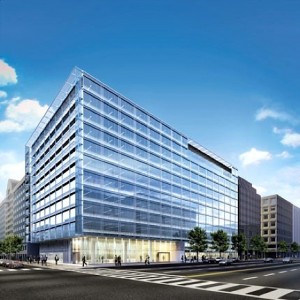
I recently heard a talk by David Gottfried, the founder of the U.S. Green Building Council, which pioneered the LEED system for rating the greenness of buildings. Gottfried is no longer associated with USGBC and was promoting his latest project, a book titled Greening My Life which, as near as I could figure, was a rating system to score your personal happiness. There is something about numerical rating systems that appeals to Americans. We have GREs, SATs, LSATs, GMATs, Best College Rankings, teacher evaluations, Best Place to Live, opinion surveys, and political polls. This abiding belief in the power of numbers may have to do with living in a large heterogeneous country whose population no longer shares a common set of values. Or, perhaps it is an outgrowth of democracy itself, which is, after all, based on counting heads. No doubt, a fascination with numerical rating accounts for the widespread adoption of LEED. There are Silver, Gold and Platinum buildings, just like credit cards. Most people assume that a Platinum building performs better than a Silver building. Maybe it does, but LEED doesn’t actually score performance, as some other rating systems do, it scores design. You get so many points for having a bike rack, whether or not there are any bicycles in it. The puzzle is that so many LEED buildings are entirely glass, which seems counterintuitive. But that’s design by the numbers.
